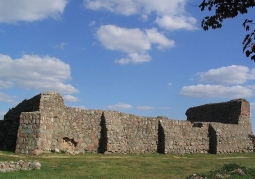No weather data
0.0 /5
Number of ratings: 0
The castle was built around 1390 on a small hill among wet meadows. It owes its name to Mikołaj Nałęcz - the lord of Venice, the judge of Kalisz, who - according to legend - was called the Blood Venetian Devil due to the severity of his judgments. The building was surrounded by a brick wall built on stone foundations supported by slopes. In the north-eastern corner there was a several-storey, four-sided tower, which served as observation and defense functions. The main residential building of the castle was built along the entire western wall. The entrance to the courtyard led through a wooden footbridge and drawbridge from the side of Lake Biskupińskie. An additional defensive element was the moat surrounding the rampart. Then the castle was expanded by the archbishop of Gniezno Mikołaj Trąbe who made it the main seat of the archbishops in Pałuki. Inside the walls, new buildings were erected along the northern wall. Entrance defense has been strengthened by significantly expanding the foregate. The entire castle was surrounded by an additional defensive wall. In its corners there are bastions on a circular plan adapted for the use of firearms. The Venetian castle did not function for long. At the end of the 15th century it was abandoned and then demolished. The obtained building material was used to erect a new seat of archbishops in nearby Znin. It was only after World War II that archaeological research made it possible to learn exactly its assumption and development phases. Today, the building remains in permanent ruin, at its foot there are numerous cultural, historical and tourist events, including the inauguration of the tourist season in Pałuki.
Komentarze
No results
Nearby places
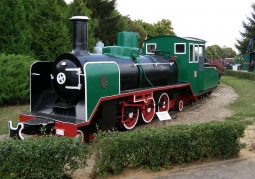
Narrow Gauge Railway Museum - Wenecja
Category: MuseumsIt's a great place - both for lovers of technical history and for tourists, also the youngest who have a passion for railways, especially steam locomotives. The Venice Museum is one of the largest narrow-gauge railway...
1 km
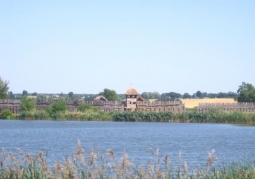
Biskupińskie Lake - Biskupin
Category: Lakes, springs, waterfallsIts area is 1.17 km2. There is the Archaeological Museum in Biskupin above it. On the lake you can take a cruise on the "Venetian Devil".
2 km
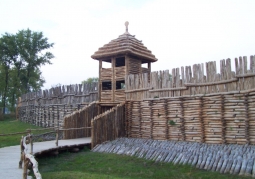
Archaeological Museum - Biskupin
Category: MuseumsIn 1933, a village teacher from Biskupin, Walenty Szwajcer, noticed wooden piles protruding over the Biskupin Lake peninsula. Already the following year excavations began. Experimental archeology was born here, for the...
2 km
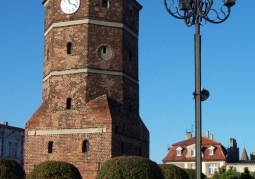
Tower - Museum of the Pałuck Region - Znin
Category: MuseumsZnin symbol. In the Middle Ages, the brick tower served as the seat of the city authorities - the town hall. It was built around 1445. On the top floor of the tower, in the 18th century, a clock was set up, with a bell...
6 km
Nearby places

Narrow Gauge Railway Museum - Wenecja
Category: MuseumsIt's a great place - both for lovers of technical history and for tourists, also the youngest who have a passion for railways, especially steam locomotives. The Venice Museum is one of the largest narrow-gauge railway...
1 km

Biskupińskie Lake - Biskupin
Category: Lakes, springs, waterfallsIts area is 1.17 km2. There is the Archaeological Museum in Biskupin above it. On the lake you can take a cruise on the "Venetian Devil".
2 km

Archaeological Museum - Biskupin
Category: MuseumsIn 1933, a village teacher from Biskupin, Walenty Szwajcer, noticed wooden piles protruding over the Biskupin Lake peninsula. Already the following year excavations began. Experimental archeology was born here, for the...
2 km

Tower - Museum of the Pałuck Region - Znin
Category: MuseumsZnin symbol. In the Middle Ages, the brick tower served as the seat of the city authorities - the town hall. It was built around 1445. On the top floor of the tower, in the 18th century, a clock was set up, with a bell...
6 km

